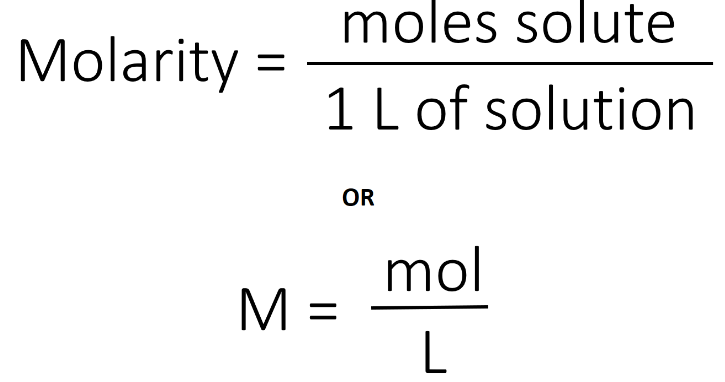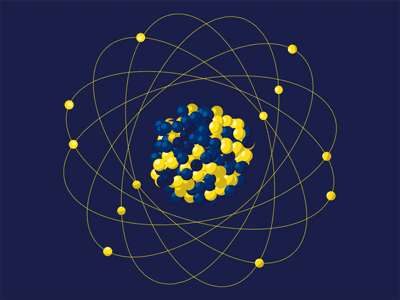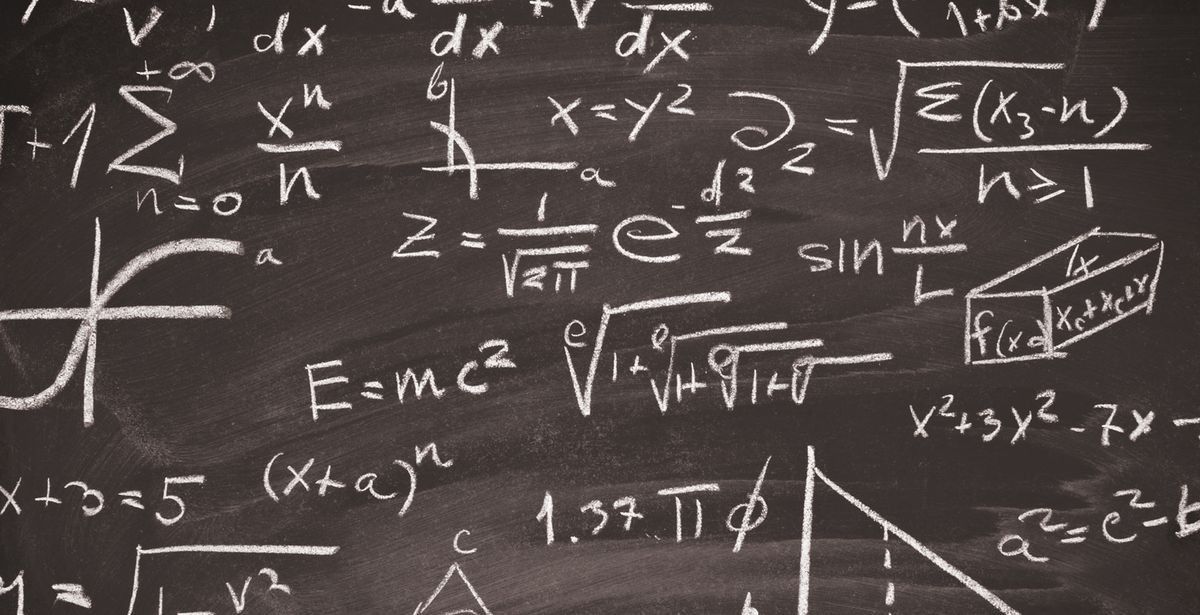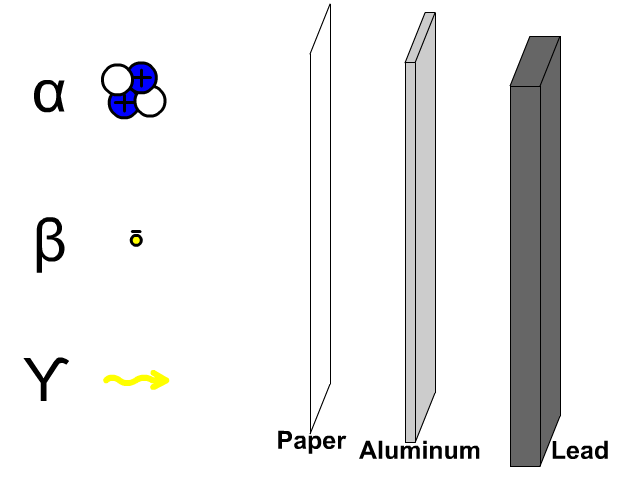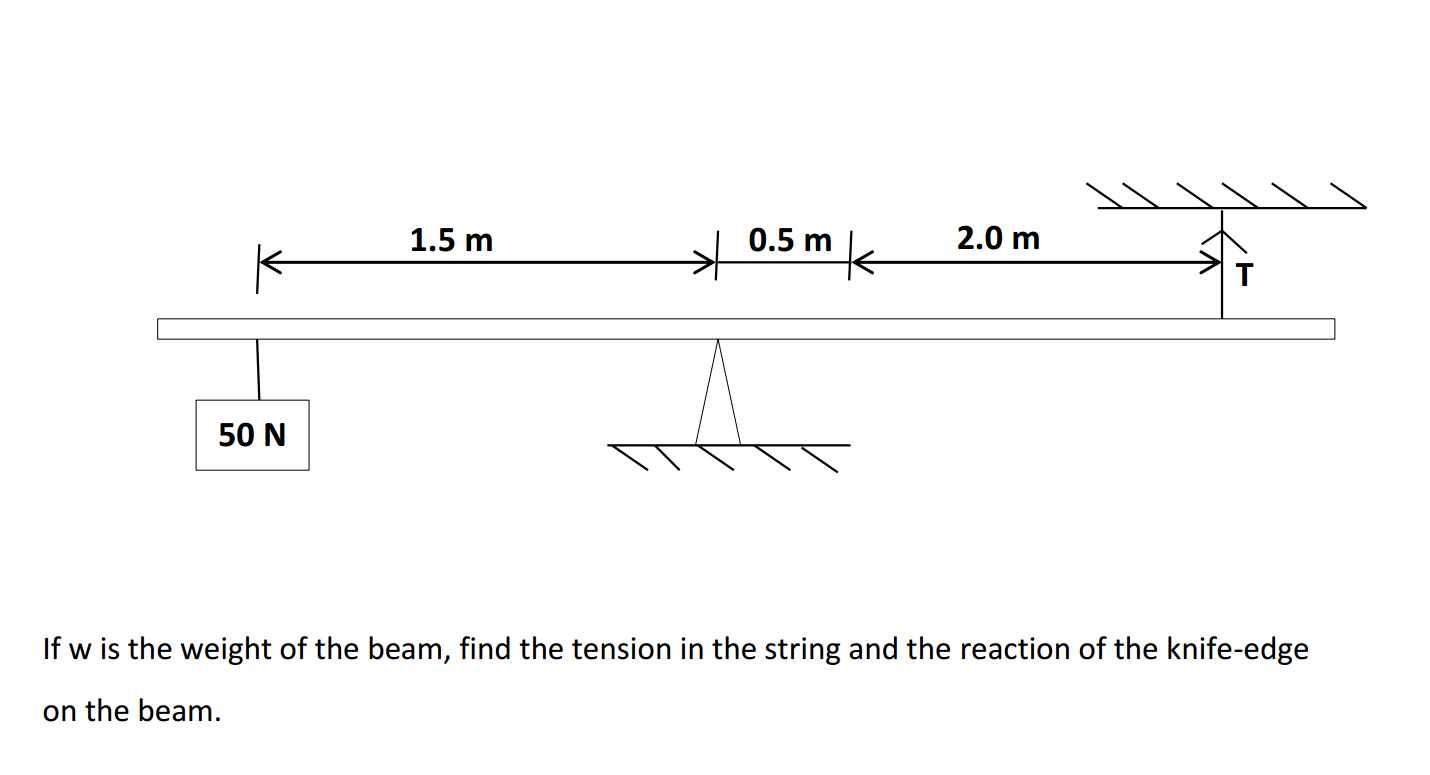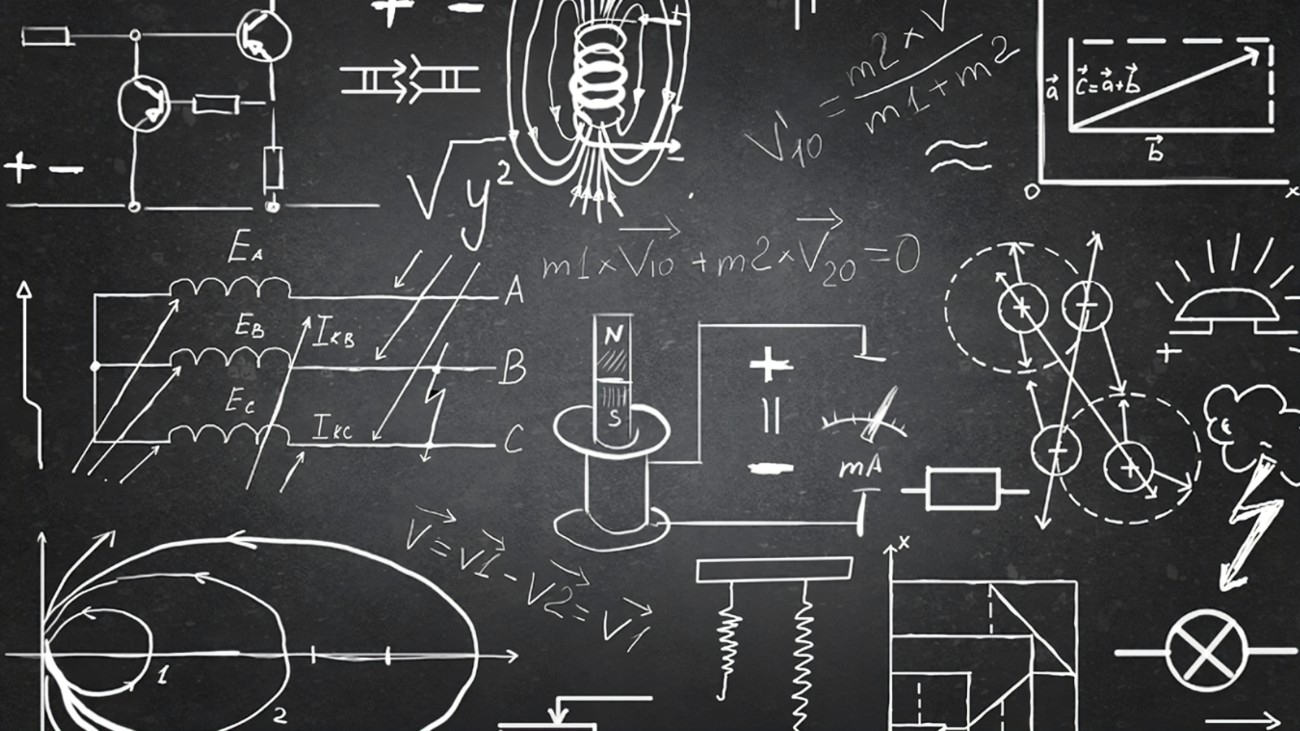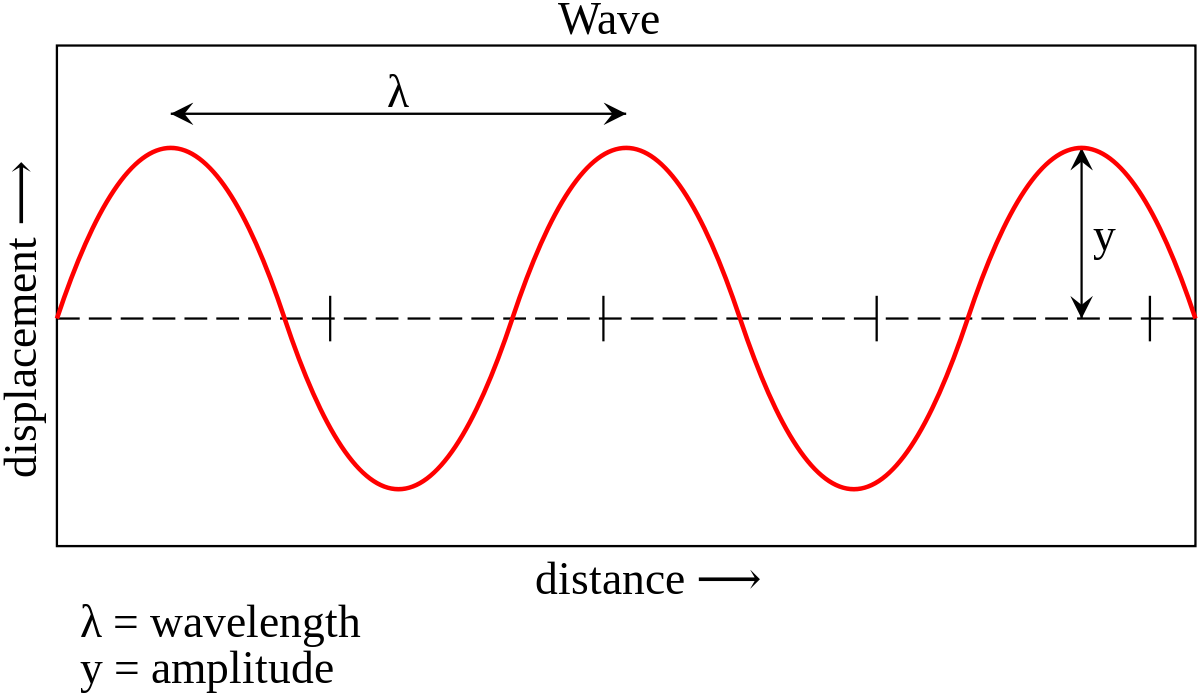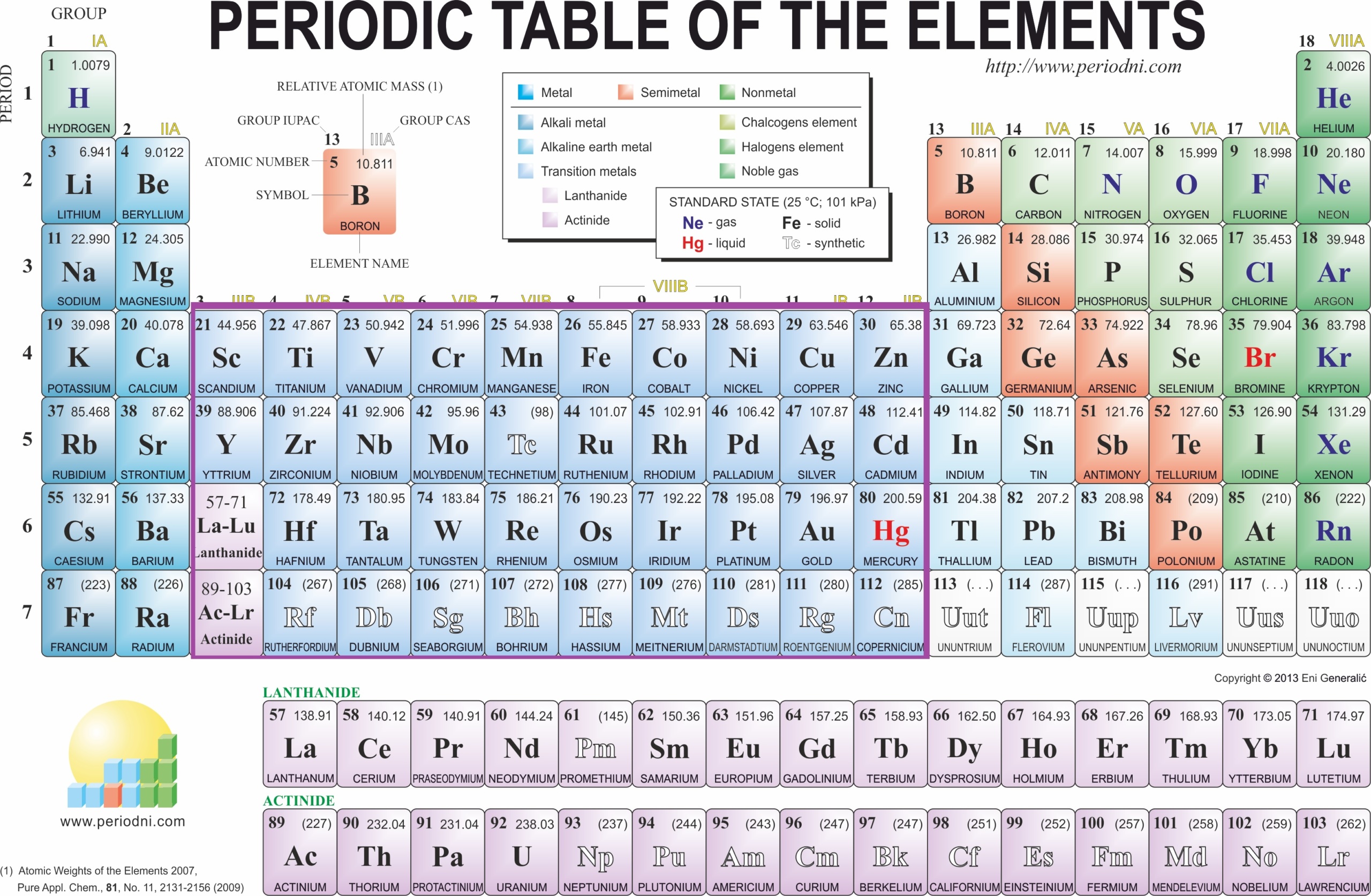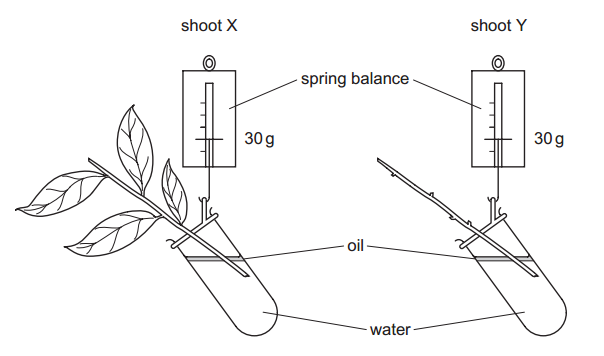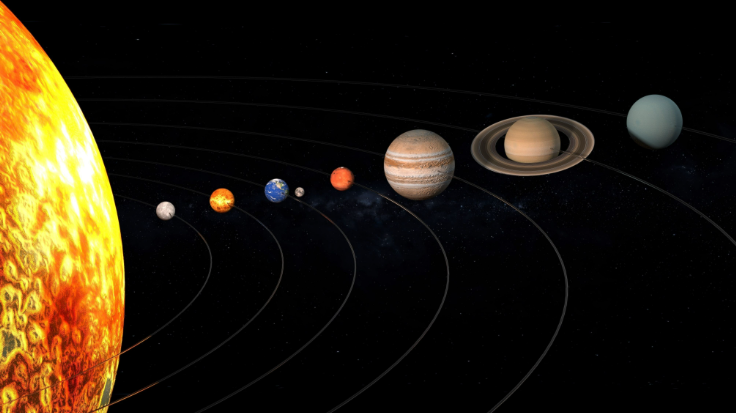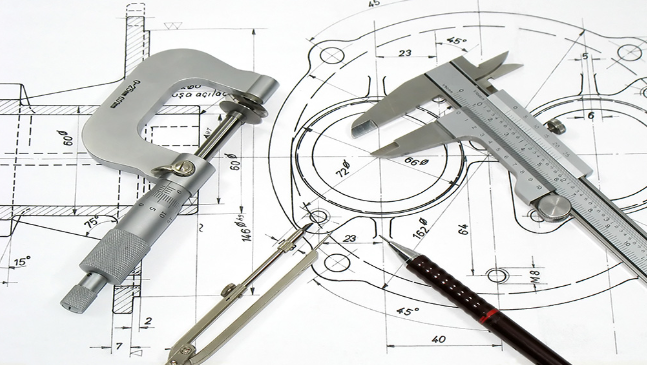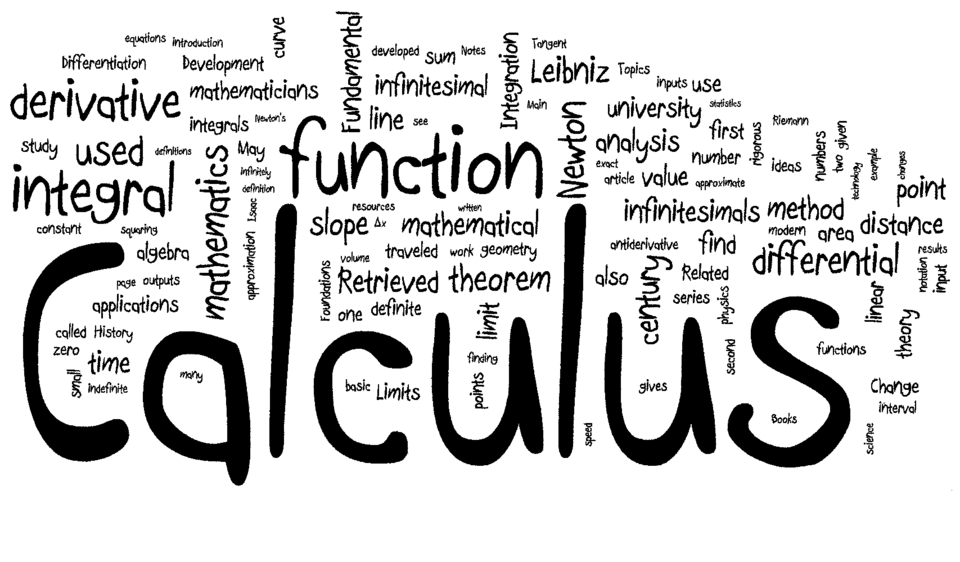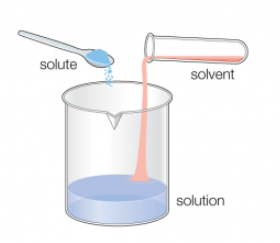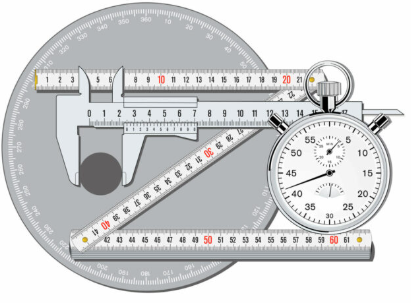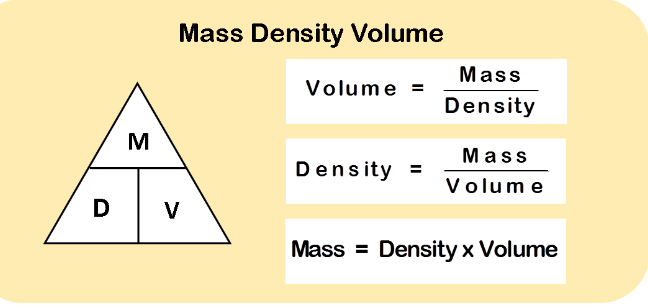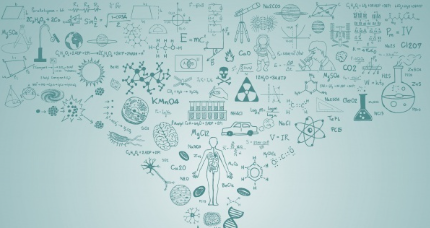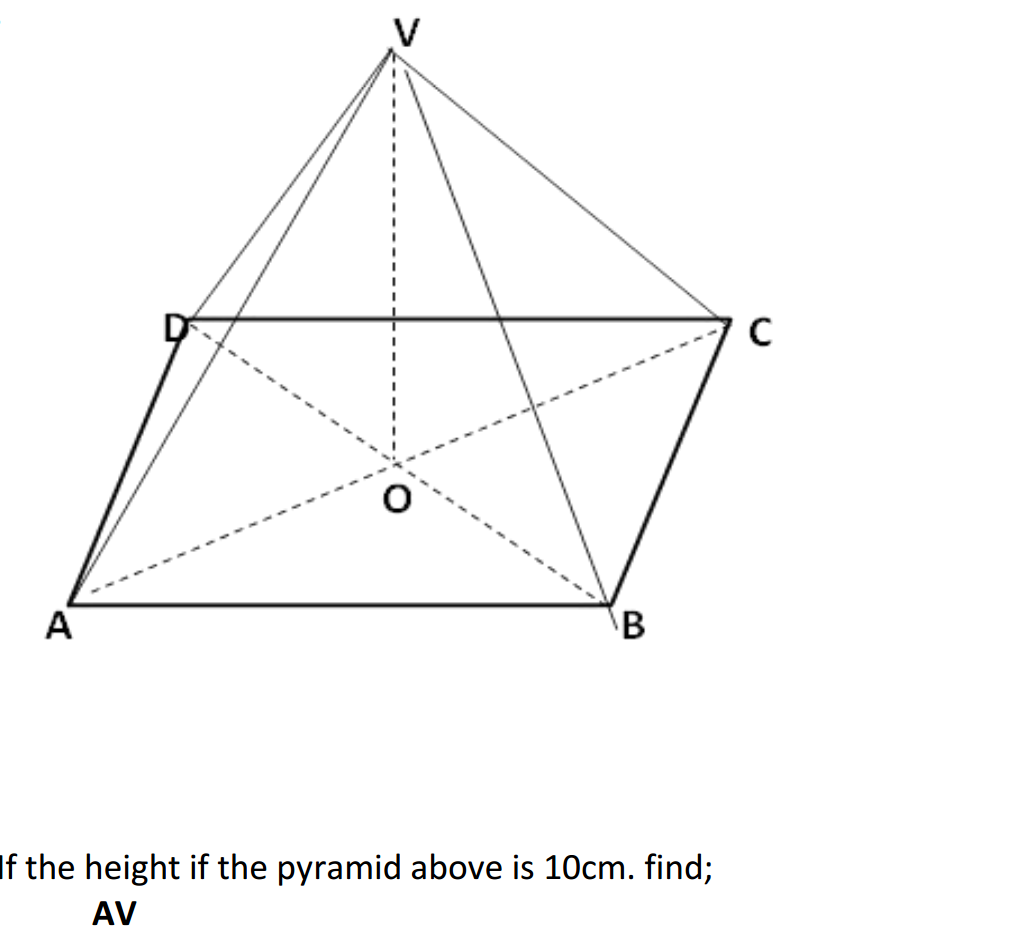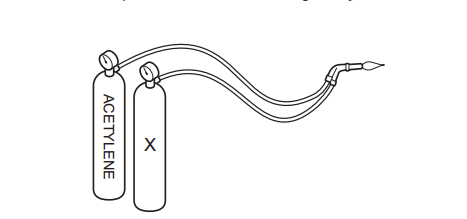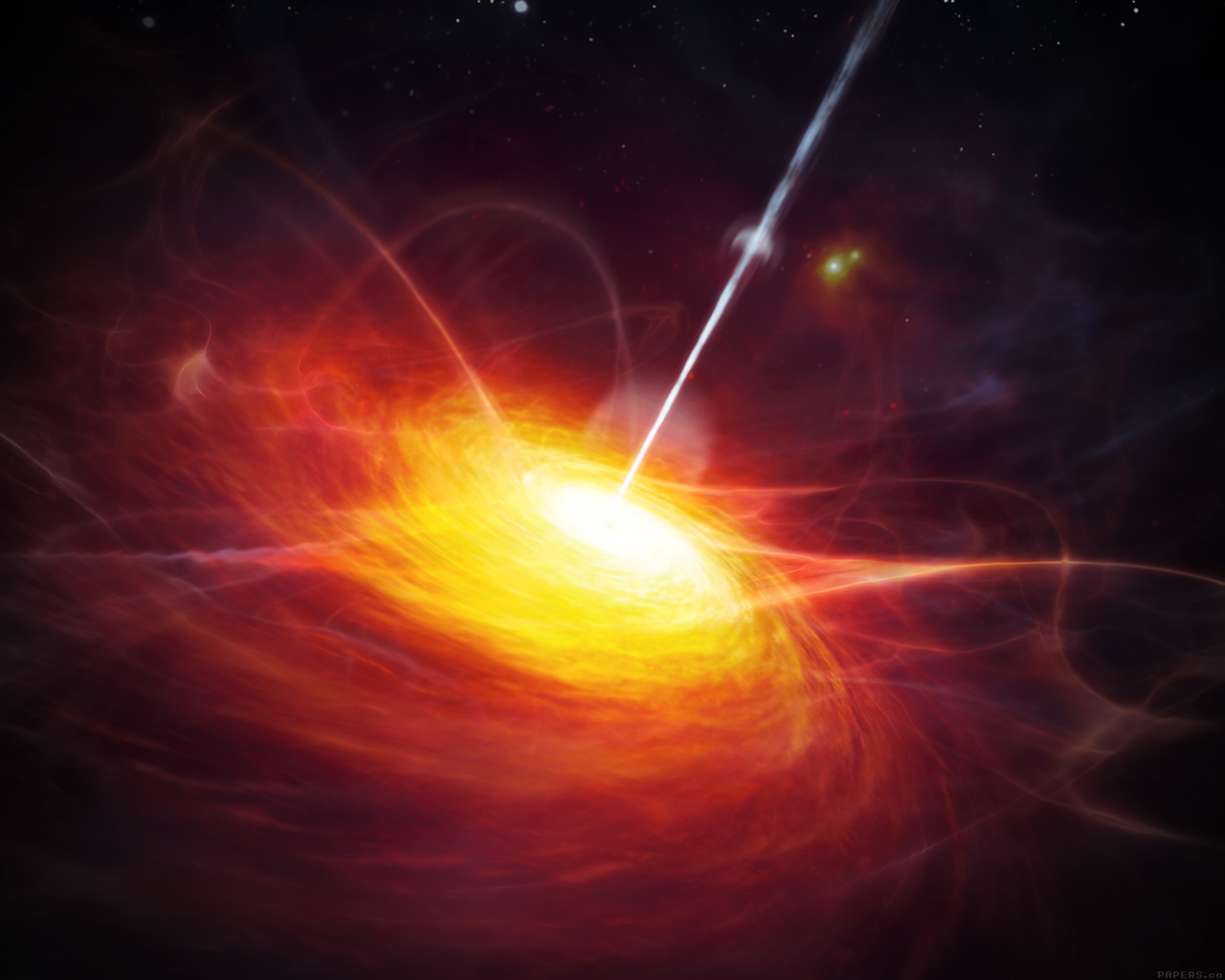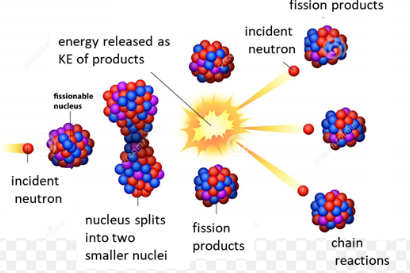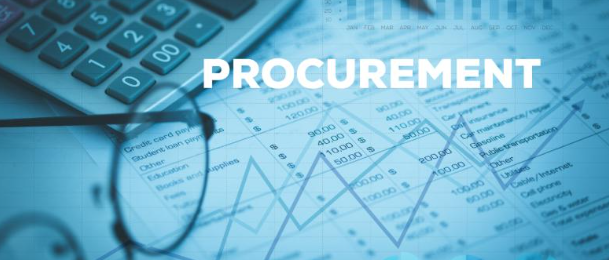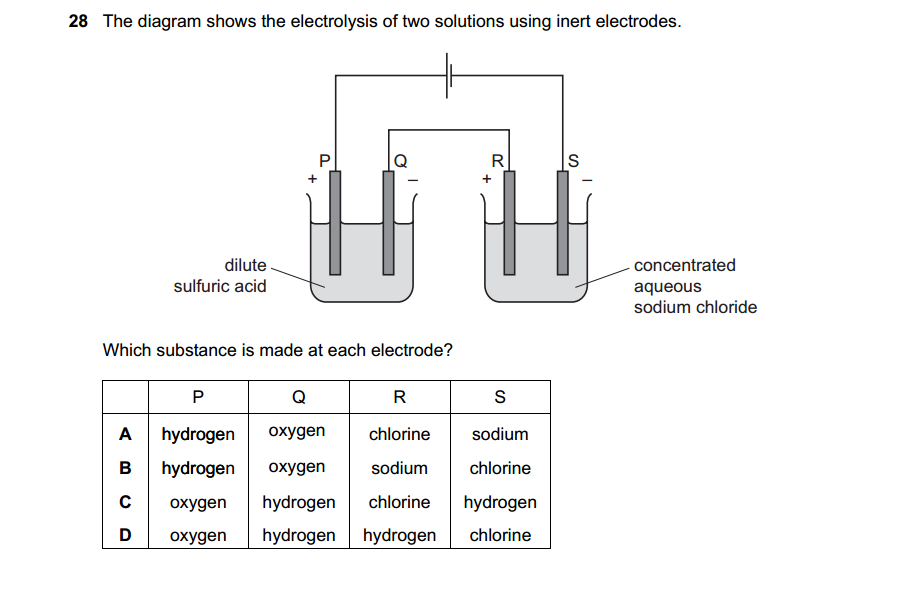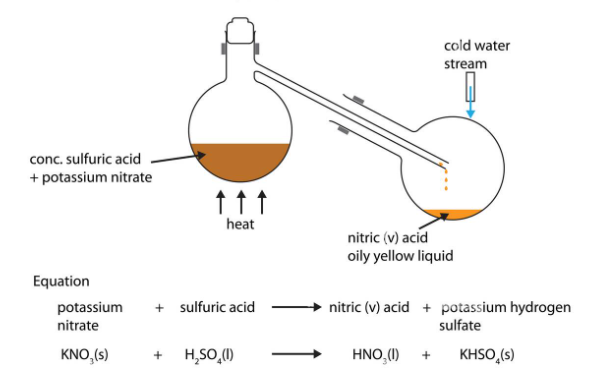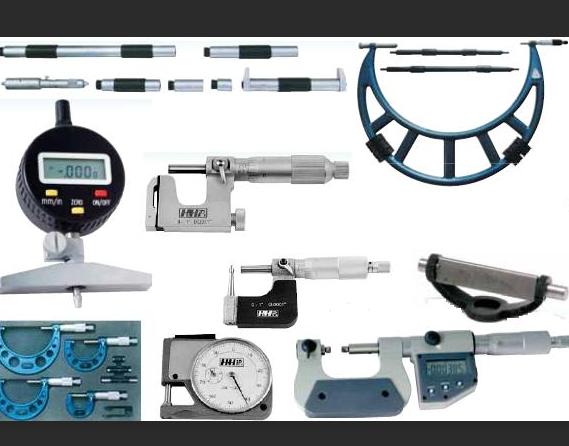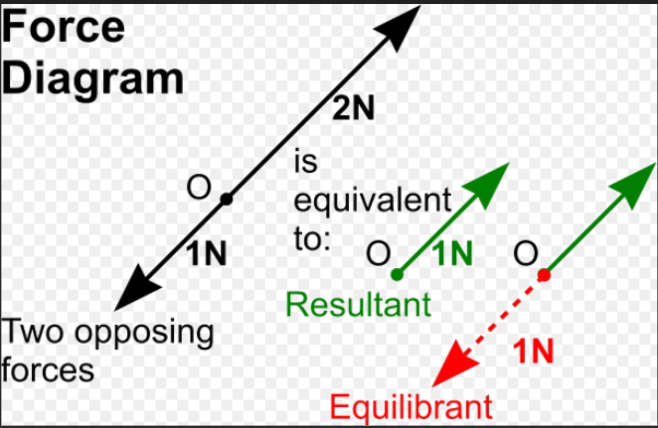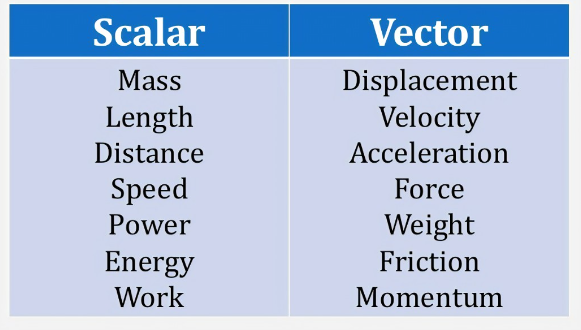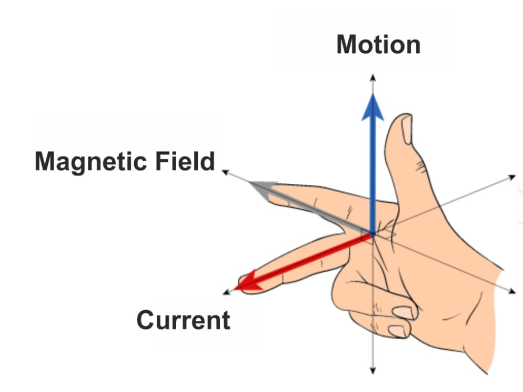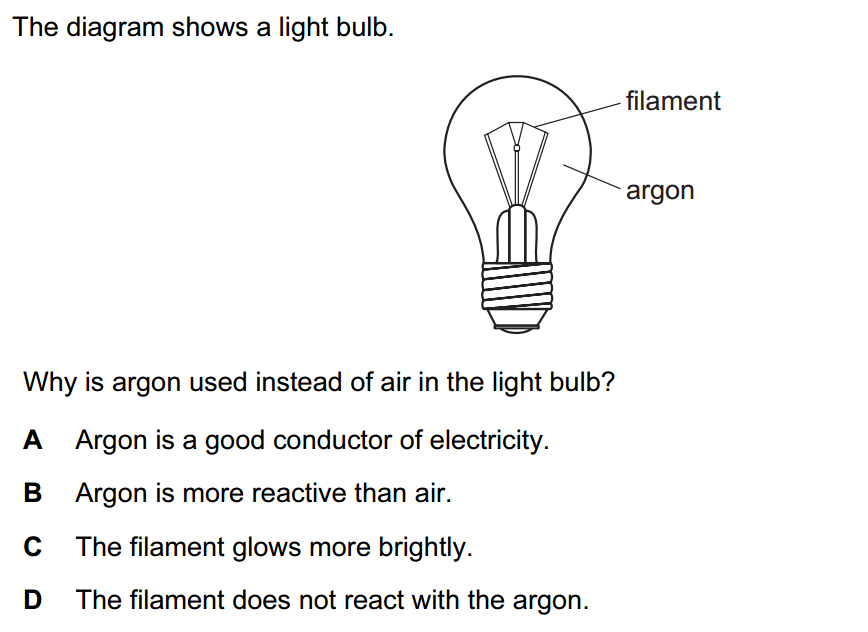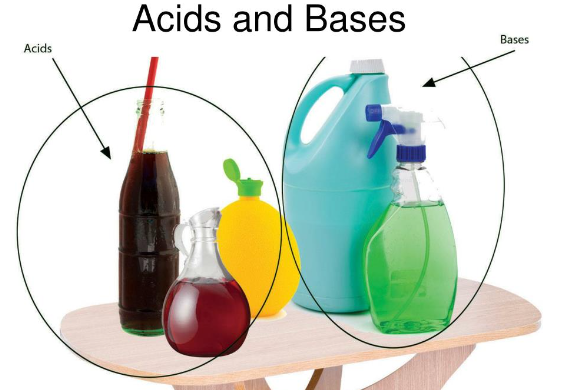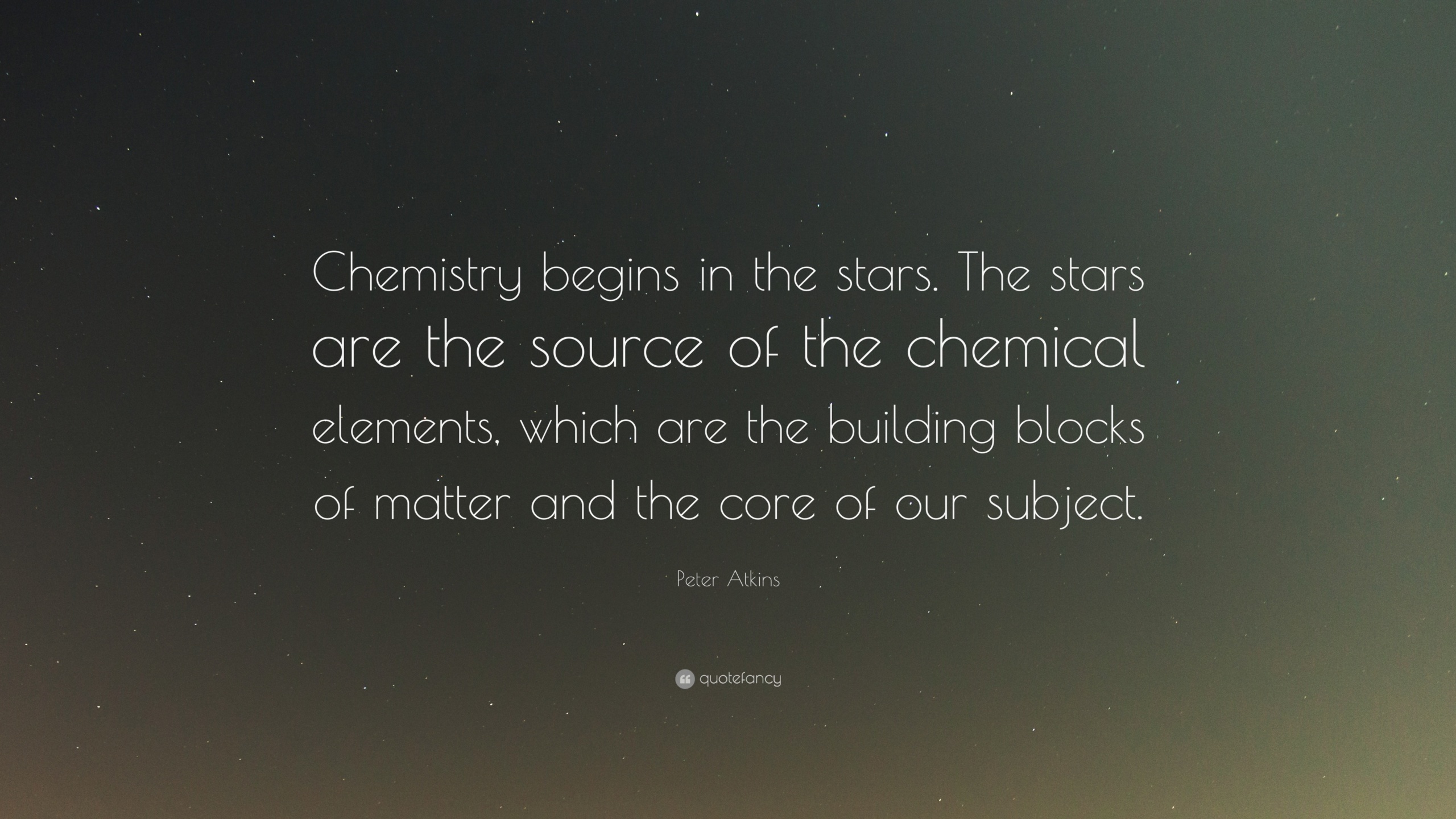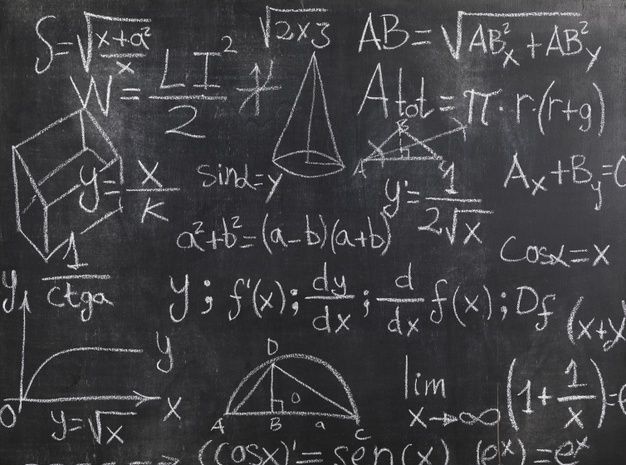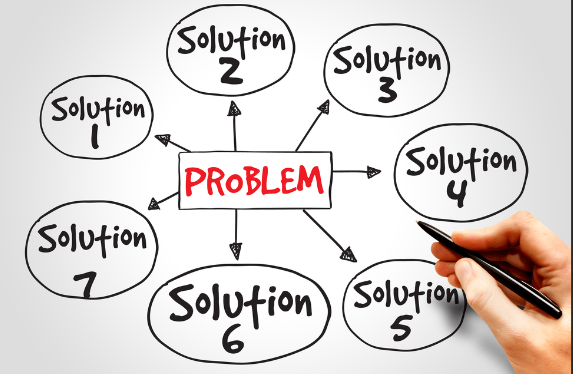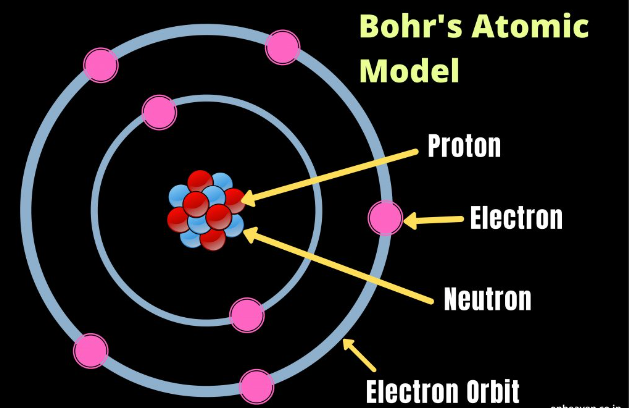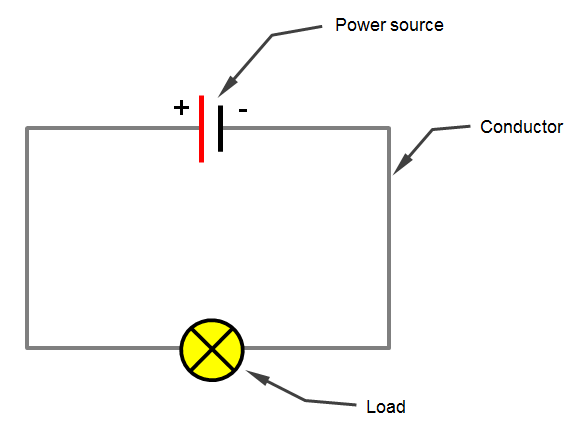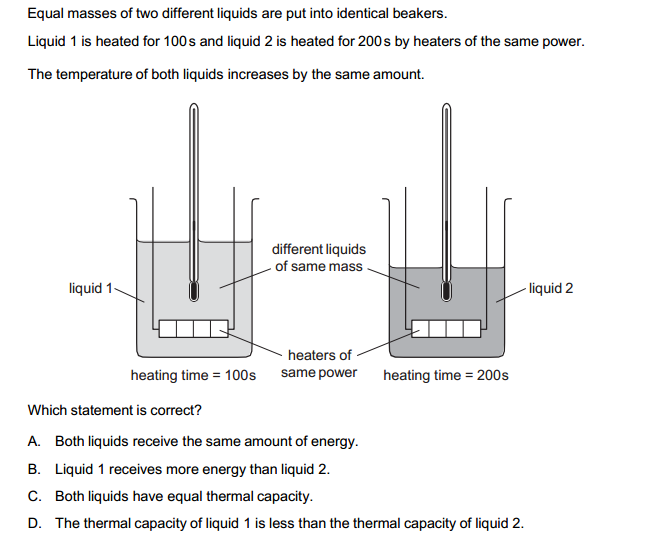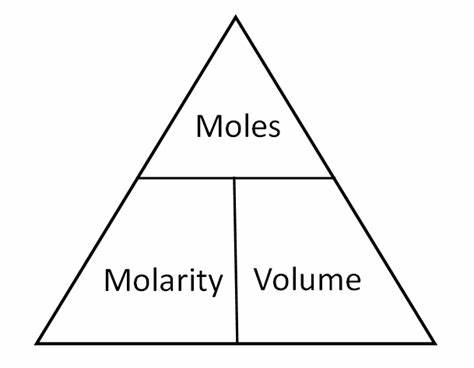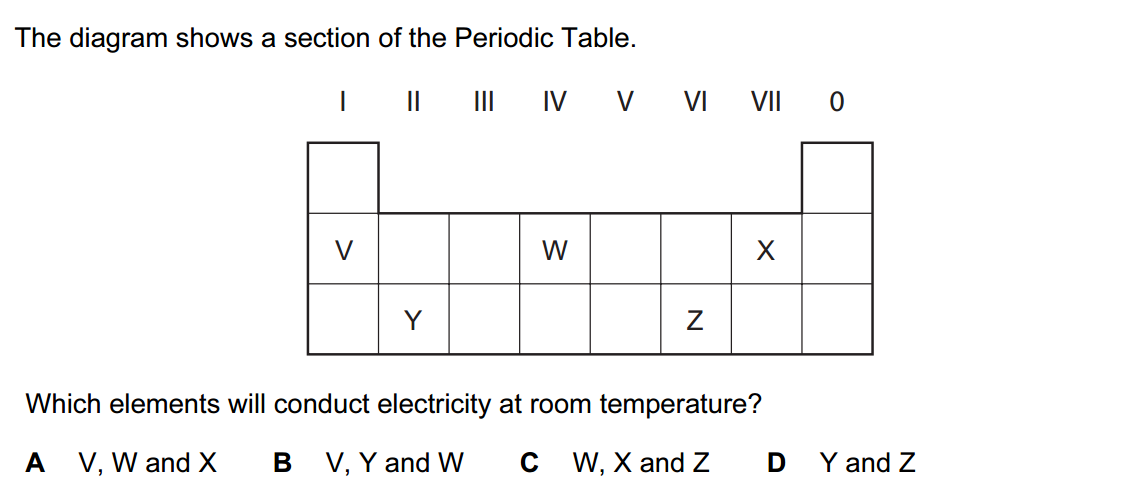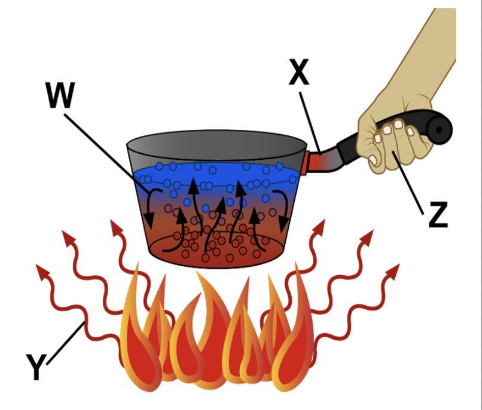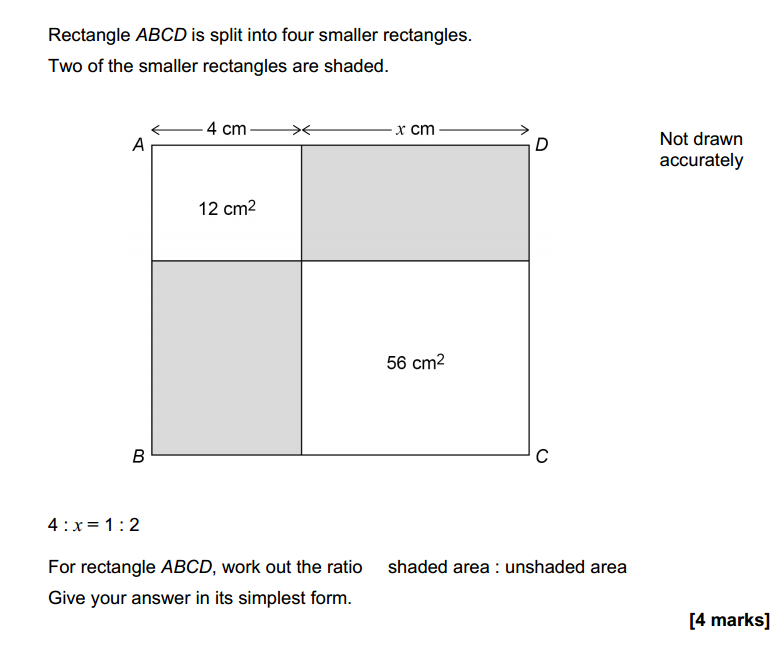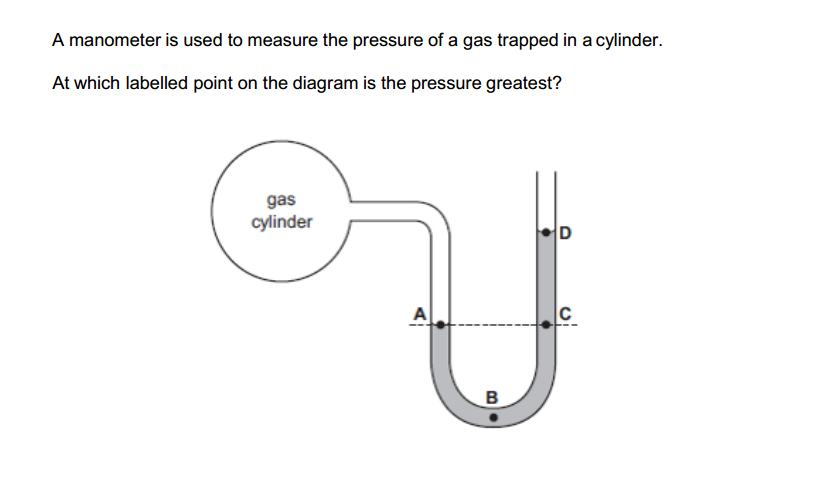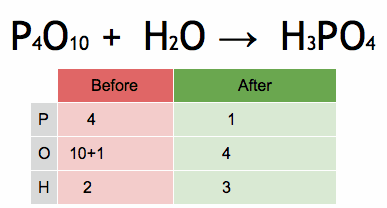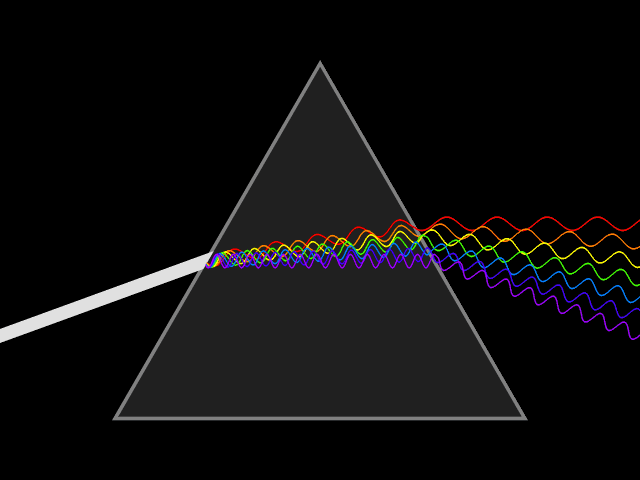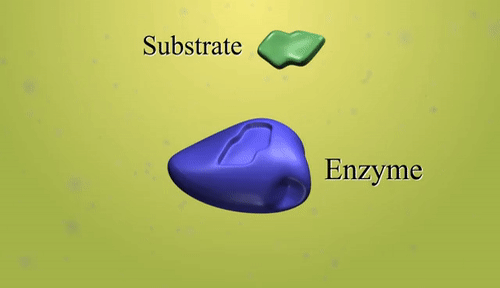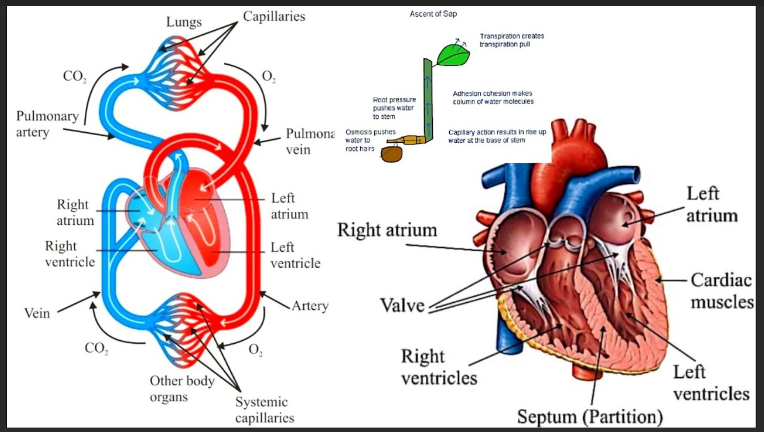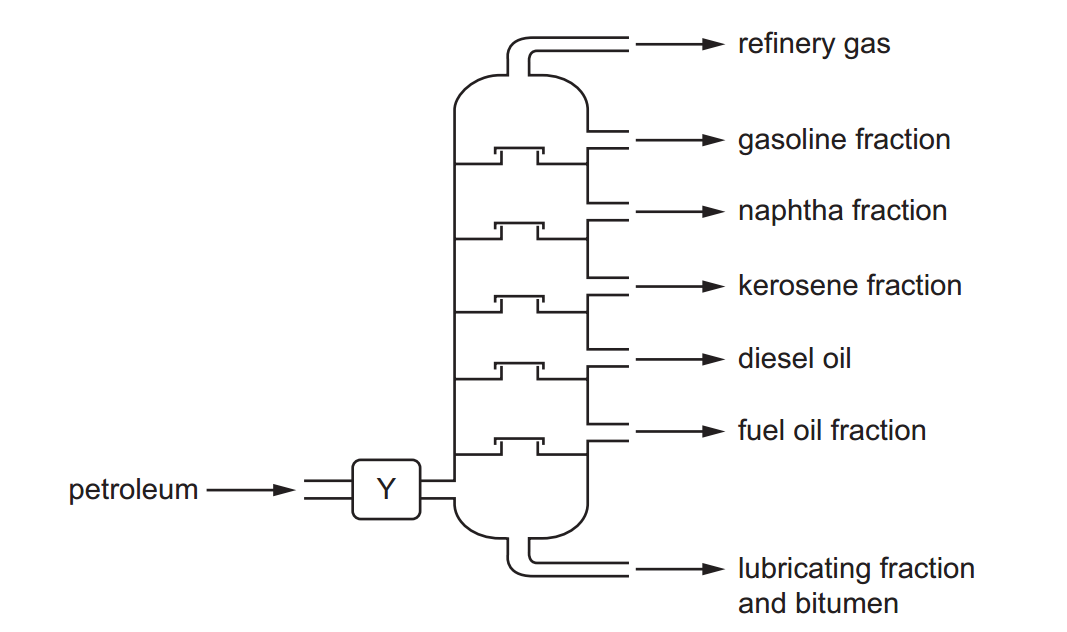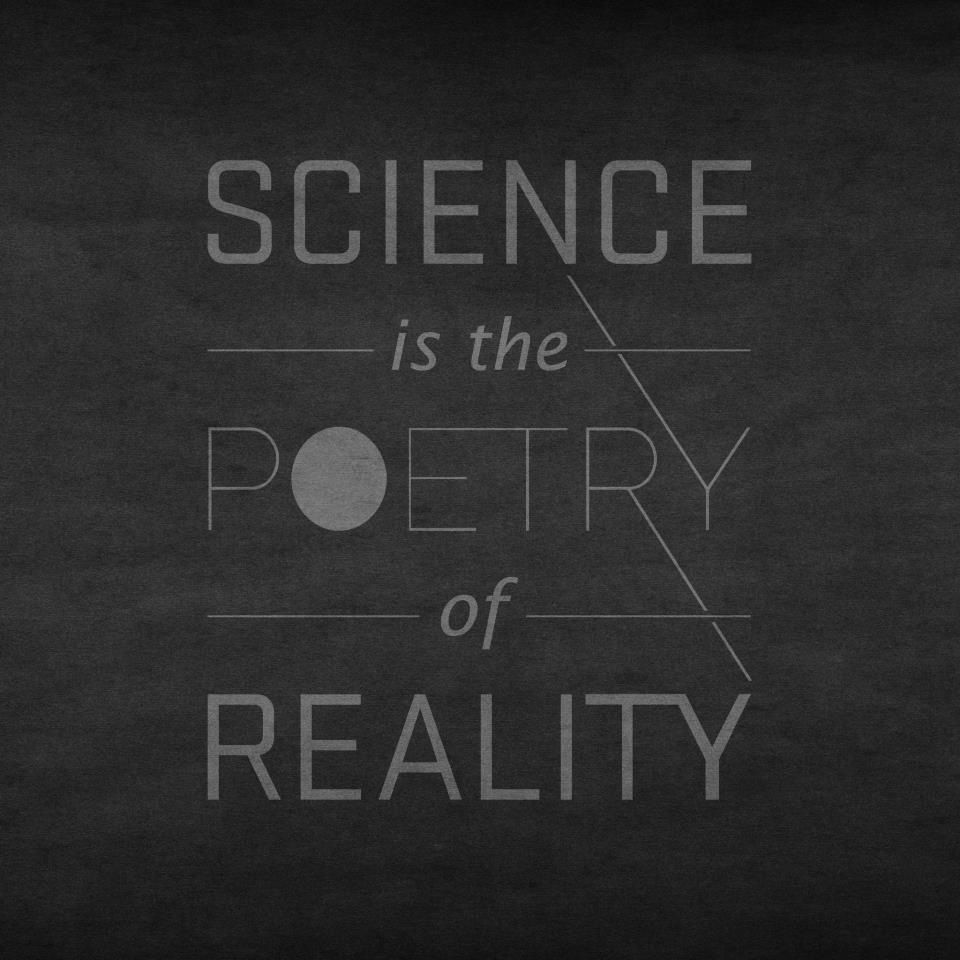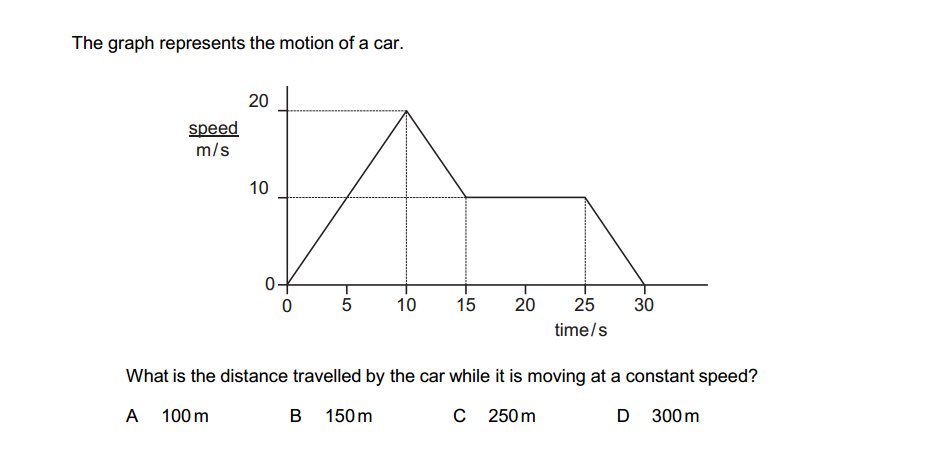Mechanics:
- What is the SI unit of force?
- Define displacement.
- What is the equation for calculating speed?
- Define acceleration.
- State Newton’s First Law of Motion.
- What is the formula for calculating weight?
- State Newton’s Second Law of Motion.
- Define momentum.
- What is the principle of conservation of momentum?
- Define friction.
- What is the equation for calculating pressure?
- State the principle of moments.
- Define work in the context of physics.
- What is the equation for calculating work done?
- Define power.
- State the principle of conservation of energy.
- What is the equation for calculating kinetic energy?
- Define gravitational potential energy.
- What is the equation for calculating gravitational potential energy?
- Define elastic potential energy.
- What is the equation for calculating elastic potential energy?
- Define Hooke’s Law.
- State the law of conservation of energy.
- Define density.
- What is the equation for calculating density?
- Define upthrust.
- State Archimedes’ principle.
- What is the equation for calculating pressure in a fluid?
- Define terminal velocity.
- State the conditions required for an object to be in equilibrium.
Waves: 31. Define wave motion.
- What is the equation for calculating wave speed?
- State the principle of superposition.
- Define amplitude.
- What is the difference between transverse and longitudinal waves?
- Define frequency.
- What is the relationship between frequency and wavelength?
- Define time period.
- What is the relationship between time period and frequency?
- State the law of reflection.
- Define refraction.
- State Snell’s Law.
- What is the critical angle in the context of refraction?
- Define dispersion.
- State the principle of superposition for waves.
- Define interference.
- What is the difference between constructive and destructive interference?
- Define diffraction.
- What is the relationship between diffraction and wavelength?
- Define resonance.
- What is the relationship between the natural frequency and resonance?
Electricity and Magnetism: 52. Define electric current.
- What is the SI unit of electric current?
- State Ohm’s Law.
- What is the relationship between current, voltage, and resistance in Ohm’s Law?
- Define potential difference.
- What is the SI unit of potential difference?
- Define resistance.
- What is the SI unit of resistance?
- State the principle of conservation of charge.
- Define electromotive force (EMF).
- What is the SI unit of EMF?
- Define electric power.
- What is the equation for calculating electric power?
- Define series and parallel circuits.
- State Kirchhoff’s First Law (Kirchhoff’s Current Law).
- State Kirchhoff’s Second Law (Kirchhoff’s Voltage Law).
- Define magnetic field.
- State the right-hand rule for magnetic fields.
- What is the direction of the magnetic field around a current-carrying wire?
- Define electromagnetism.
- State Faraday’s Law of electromagnetic induction.
- What is the relationship between the induced EMF and the rate of change of magnetic flux?
- Define transformers.
- State the formula for calculating the turns ratio of a transformer.
- Define direct current (DC) and alternating current (AC).
Energy, Work, and Power: 77. Define kinetic energy.
- What is the equation for calculating kinetic energy?
- Define gravitational potential energy.
- What is the equation for calculating gravitational potential energy?
- Define elastic potential energy.
- What is the equation for calculating elastic potential energy?
- Define specific heat capacity.
- What is the equation for calculating heat energy?
- Define the first law of thermodynamics.
- State the principle of conservation of energy.
- Define the efficiency of a machine.
- What is the equation for calculating the efficiency of a machine?
- Define power.
- What is the equation for calculating power?
Electromagnetic Spectrum and Optics: 91. Define the electromagnetic spectrum.
- State the order of the electromagnetic spectrum from lowest to highest frequency.
- Define the visible spectrum.
- State the colors of the visible spectrum in order from lowest to highest frequency.
- Define reflection.
- State the law of reflection.
- Define refraction.
- State Snell’s Law.
- Define dispersion.
- What happens to the speed and wavelength of light as it enters a denser medium?
These questions cover various topics in O level Physics and can be used for quizzes, practice, or revision. The answers to these questions will depend on the specific concepts and knowledge covered in the course.



